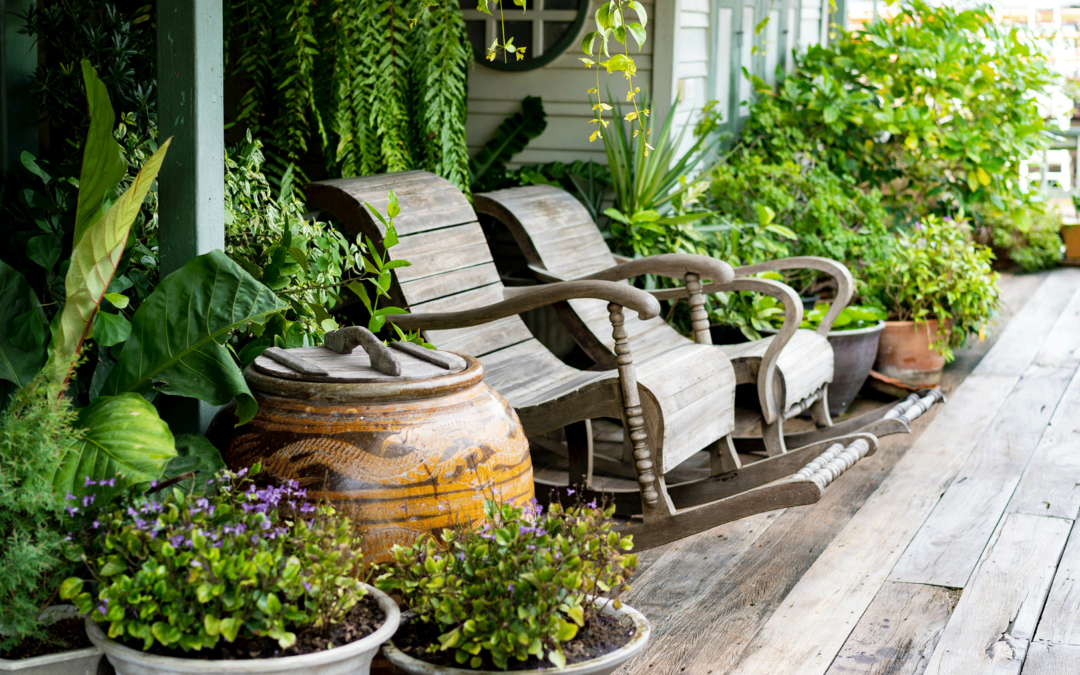September can be such a transitional time, especially for gardeners. Our garden borders seem to teeter on the edge of a climatic cliff. Colors will begin to morph from deep green foliage to mellow butter yellow and fiery scarlet. Branching form reappears as deciduous trees and shrubs shed their leafy garb to expose the structure of bare bones. Sound echoes with the voices of migratory birds mass on the telephone wires to chat and plan travel routes. And who is looking forward to windy and slightly crisp fall days when you can walk through the woods and watch leaves dance and listen to acorns beat out a rhythm as they fall to the ground.
We’ve had a couple of chilly nights under our belts, with the night temps in the mid 50s. It won’t be long before we’re experiencing low in the 40s. So it’s time to make a plan for any houseplants that have spent the summer outdoors. You can start by checking them for insects and disease. Treat appropriately with systemic fungicides and insecticidal soap before bringing them back into the house. Infestations can move quickly from infected plants to healthy ones. And pay attention to where you are putting those plants in your house when you bring them back inside. High light plants like Ficus, Crotons and Hibiscus will need to be sited near your sunniest windows and out of cold drafts to help avoid leaf drop. Spots near heating ducts should also be avoided.
If your houseplants grew a lot during the summer, you should prune them back to a more manageable size. Keep in mind though, when you reduce the size of a plant’s top growth significantly, you should also reduce the frequency of watering. Over-watering is the most common killer of houseplants, so water only when your plants need it. As the days shorten and the temperatures cool, houseplants will be going into semi-dormancy and growth will slow or stop until spring.
Gardening with cacti and succulents is still a hot trend. As you transition yours to an indoor environment, it becomes crucial that you find the correct watering schedule. Small plants and dish gardens need to dry almost completely between watering and the large barrel-type cactus might not need much watering until spring. And be sure to keep them in places with the highest light, but cooler temperatures.
You can switch to a bloom boosting fertilizer for your orchids and fertilize them every third time that you water. Water, water, feed is the orchid mantra. Make sure that the potting medium has been freshened and replenished to provide the perfect drainage that your orchids require.

